Collective work on workshop music
0
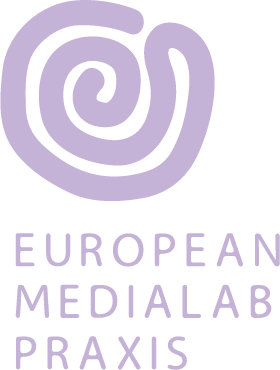
0

Collective work on workshop music



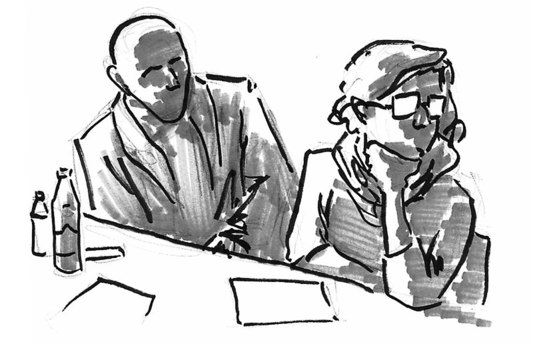
A medialab puts at the center of its action both the users and the technologies. It welcomes a diversity of users coming from different horizons for multiple purposes. These users will all have to deal with the same digital and networked technologies. Working together then requires them to share the principles that make them adapt their tools to their specific contexts. They will have to go beyond the question “How do we do things the way we do” and ask themselves “Why do we do it”. This means working on the principles of diversity rather than questioning its forms.
During European Medialab Praxis Project, the partners organisations were united by the diversity of their visions. The question "How to do a medialab" took different forms and so did the answers, given the need to adapt them to our specific contexts. How then to evaluate and measure different experiences? How to share with others the lessons we learned?
The References of our work
The GPL license (GNU Public License) :
4 conditions to define a free software
The Agile software development :
4 values and 12 principles

THE METHOD
Inspirations
The GPL license conditions as well as the Agile software development values and principles make it possible to determine the meaning of the concretisation of an action. It orients the action according to the question "why ?". It gives a multitude of AGILES methods (scrum, Xtrem programming ...) and a diversity of free softwares that share the same state of mind while responding to various and specific needs.
By learning from these approaches, the central question of European Medialab Praxis project was to determine the structuring principles that make it possible to guide and control the actions of digital mediation spaces (from learning to producing content) on a daily basis.
An Adaptive Approach
The AGILE method is an adaptive approach that promotes cooperation between actors to estimate and define the conditions for operational feasibility. It allows to work in a productive collective dynamic, by determining a roadmap of intentions and hypothesis at the beginning of the project, which will be concretized step by step. Transparency and sharing of development frameworks are key factors for their transmission.
The AGILE method poses the questions of commitment and contract. It facilitates the creation of a mechanism for cooperation between actors, such as decision-making processes and governance. It allows to limit the risks and to build the feasibility conditions of the project, by matching the means (human, material, time, financial ...). Actors can get involved in the whole process. They can learn, adapt, provide and work on their evolution frameworks.
The evolution of the prototyping process is measured by the ability of the project team to "deliver" concrete and operational outcomes at each step of the project. They can be reference documents, methods, tools, actions carried out in the field with the public, video or digital content broadcasted ... They are materials that respond to the intentions of the project, made by project stakeholders.
The characteristic of the prototyping work is not to know the form of the final result but to guarantee that there will be a final result, an outcome. To make that happen, we use a method based on the definition of a "why" and from this meaning, this intention, we implement ways to give it shape. From the "why" the actors and users of the project are able to propose different "how", different ways to achieve the outcomes. This methodological basis can be found in service design and also in the principles of the “Liberated company”. Unlike a work of anticipation, we rely on the capacity of each person to find solutions in the action, to constantly adapt these solutions to the context and become a full actor of the project.
A Five-Step Method
1. Define the values
To work on the definition of a European medialab, considering the disparity of our working contexts, we chose to collectively define the values that bring us together. This work started with the creation of a dictionary with lexical and cultural definitions of inescapable words.
#WHY
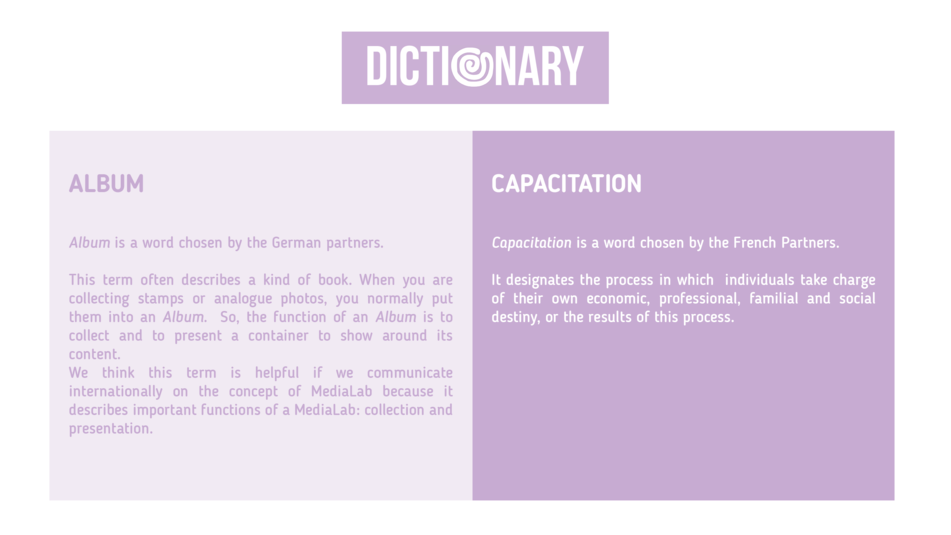
2. Share the principles
In parallel with the creation of the dictionary, we worked on the drafting of a Manifesto containing the common values we wanted to share, to defend, to promote and prioritise.

By comparing the values of the manifesto with our intentions, we developed five principles for the development of a Medialab. These principles represent the building blocks for actions of social and digital innovation.
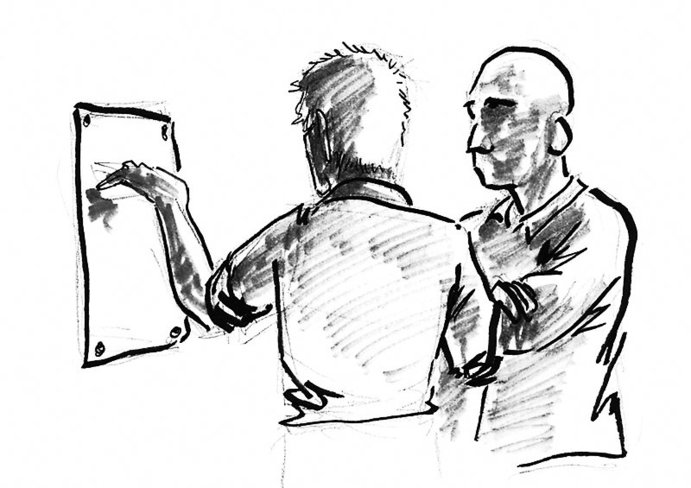

3. Evaluate the reliability of the principles through an experimentation
To evaluate the reliability of the principles we shared, a study was carried out by prototyping medialabs in the five partners countries. To facilitate the implementation, we decided on criteria declining operatively each principle. These criteria were useful for the analysis of the prototypes. We were able to put our intentions and results into perspective. By measuring gaps and meeting points, we managed to identify what was the essence of a medialab for each one of us.


4. Decline Medialab principles and criteria into Guidelines
The guidelines are a potential operational version of the principles and criteria of a medialab. By defining them, our objective was to illustrate and give leads to other project holders wanting to develop a medialab in their own contexts. The guidelines give operating rules for a generic medialab.
#HOW


5. Development tutorial: Implementing the EMP project method
The documentation work enabled us to explain and put into narrative the project's approach. By creating this digital storytelling of the project, we wanted to propose a pedagogical object that would help to understand and to implement a Medialab project, using an AGILE method and through different iterations, from the generic and common "why" to the specific and territorialized "how".
Medialab as a source code to implement and not a label to apply
A medialab is not a regulation, a label or a franchise whose frames (a place, users, methods...) would be enough to allow an implementation wherever needed. Only the specific implementation of a medialab in a specific context will work. It is the same as a free software that exists through the respect of its 4 principles or conditions: to be able to use it, study it, copy it, modify it and redistribute it. These principles tell more about the uses of the software than the software itself. It is like talking about an operating system (Linux), a sound processing software (Audacity) or a CMS (wiki). When the principles are set, millions of free software can emerge from it by developing their own specific uses. In fact, the principles precede the uses.
With European Medialab Praxis project, we conceive a medialab as a "source code" that would be written from generic principles and implemented in a specific place. Today, the massification and the spreading of third places result from an appropriation process, in response to identified needs. It is no longer created in response to normalization necessity. The "I need my fablab or medialab" time is over. Medialabs are interesting because they are developed to enrich their environments. If this is not the case, they will remain empty shells.
#Whywedowhatwedo
At a time when Europe is closing its borders and becoming "nationalized", media play a decisive role in supporting the world's understanding and action. Media, social media, citizen media, social networks, etc. are projects, devices, companies, tools that allow a real release of everyone’s power to act. Our medialabs are not "4 walls". They are the outcomes of 5 shared principles to participate in "changing this world"!
THE STORY
THE METHOD
THE PROTOTYPES
THE WIKI
Discover our prototypes >>>
THE TEAM